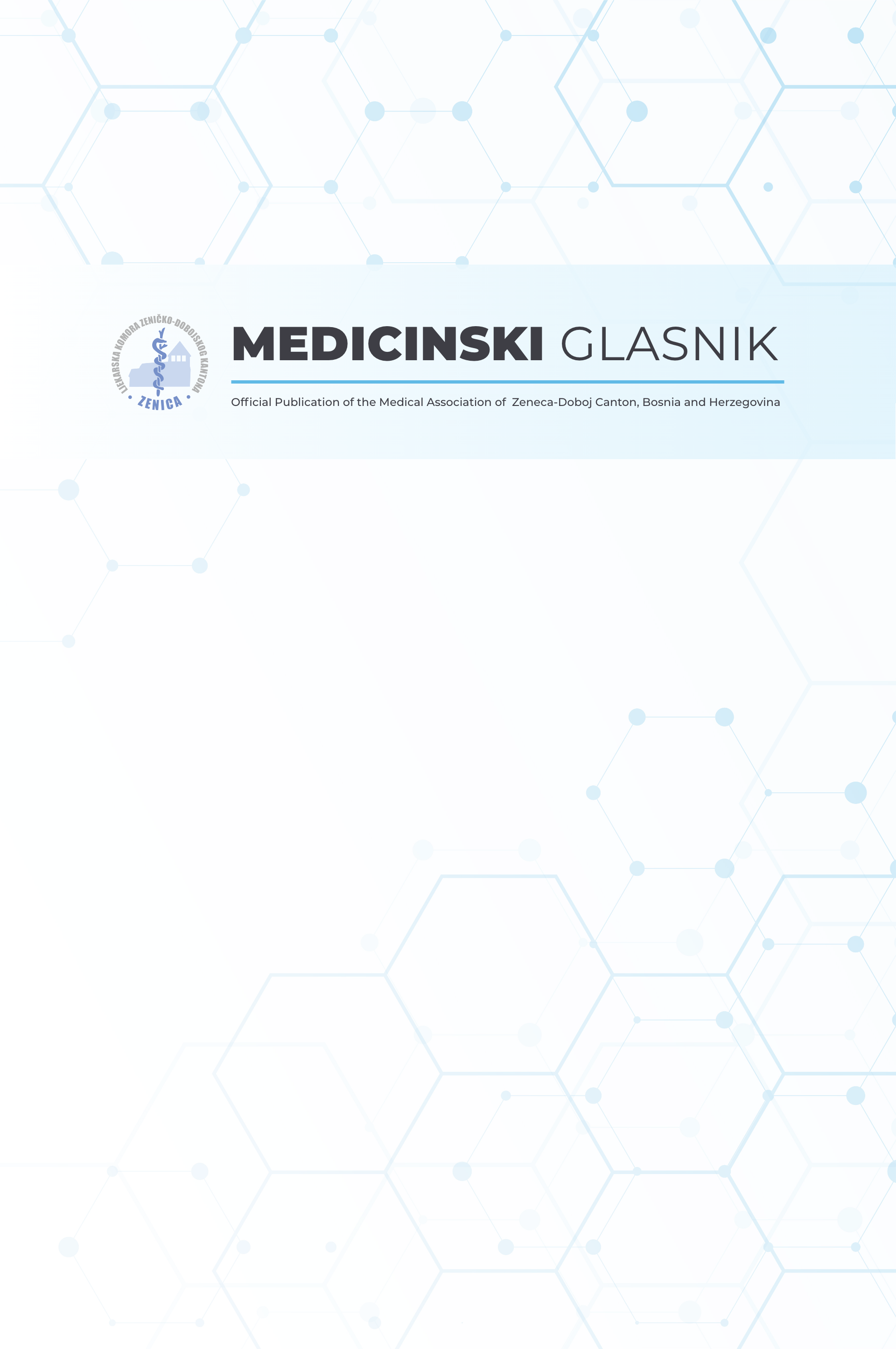 ,
,
Institute for Genetic Engineering and Biotechnology, University of Sarajevo , Sarajevo , Bosnia and Herzegovina
Institute for Genetic Engineering and Biotechnology, University of Sarajevo , Sarajevo , Bosnia and Herzegovina
Institute for Genetic Engineering and Biotechnology, University of Sarajevo , Sarajevo , Bosnia and Herzegovina
Institute for Genetic Engineering and Biotechnology, University of Sarajevo , Sarajevo , Bosnia and Herzegovina
Institute for Genetic Engineering and Biotechnology, University of Sarajevo , Sarajevo , Bosnia and Herzegovina
Institute for Genetic Engineering and Biotechnology, University of Sarajevo , Sarajevo , Bosnia and Herzegovina
Academy of Sciences and Arts of Bosnia and Herzegovina; , Sarajevo , Bosnia and Herzegovina
Aim
Chromosome translocations are considered as one of the most severe forms of genome defects. Because of the clinical significance of chromosome translocations and scarce data on the incidence of sporadic translocations in population of Bosnia and Herzegovina, we aimed to report sporadic translocation frequencies in samples karyotyped in our laboratory.
Methods
The study group consisted of 108 samples. Whole blood was cultivated in complete medium for 72 hours with the thymidine application at 48th hour to synchronize the cell culture. Metaphases were arrested by colcemid 60 minutes before harvesting. Following hypotonic treatment, cells were fixed and cell suspension was dropped on coded slides. Dried slides were subjected to conventional GTG (G-banding with trypsin-Giemsa) banding and analyzed under 1000x magnification in the accordance with ISCN (International System for Human Cytogenetic Nomenclature) and
E.C.A. Cytogenetic Guidelines and Quality Assurance.
Results
The incidence of all detected sporadic translocations was 27.81 x 10-4 per metaphase. The incidence of sporadic translocations involving chromosomes 7 and 14, being considered as the most frequent sporadic translocations of the human karyotype in phytohaemagglutinin (PHA) stimulated lymphocytes, was 15.89 x 10-4 per metaphase. The most frequent breakpoints were 7p21, 14q11 and 14q21. Other detected sporadic translocation breakpoints were: 1q25, 3p22, 7p13, 7q11.22, 7q33, 14q23 and 19q13.4.
Conclusion
Higher incidence of sporadic translocations compared to the similar studies was registered. Since potential explanations
for this issue are smaller sample size and higher exposure of examined population to genotoxic agents, further monitoring of sporadic translocation incidences is recommended.
This work is licensed under a Attribution-NonCommercial-NoDerivatives 4.0 International ![]()

The statements, opinions and data contained in the journal are solely those of the individual authors and contributors and not of the publisher and the editor(s). We stay neutral with regard to jurisdictional claims in published maps and institutional affiliations.